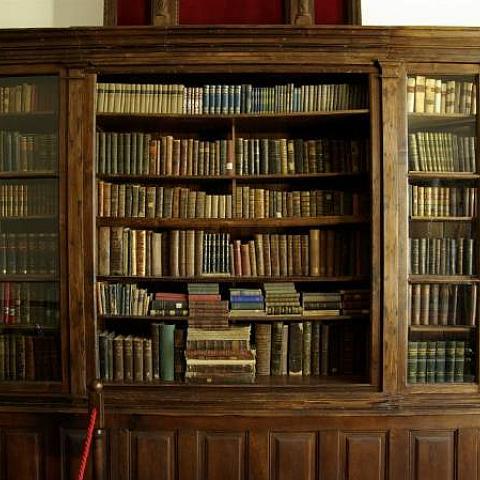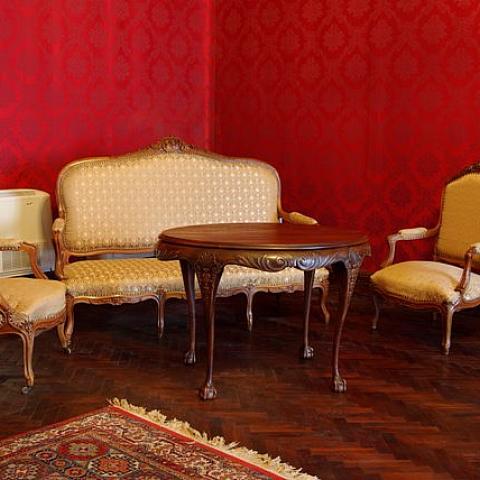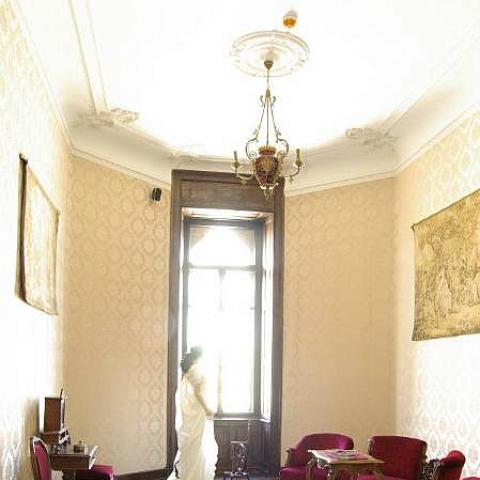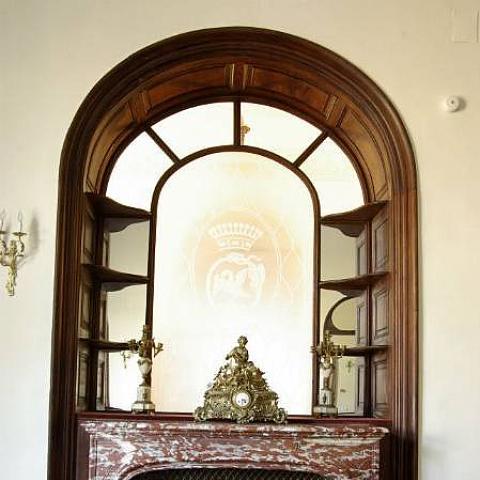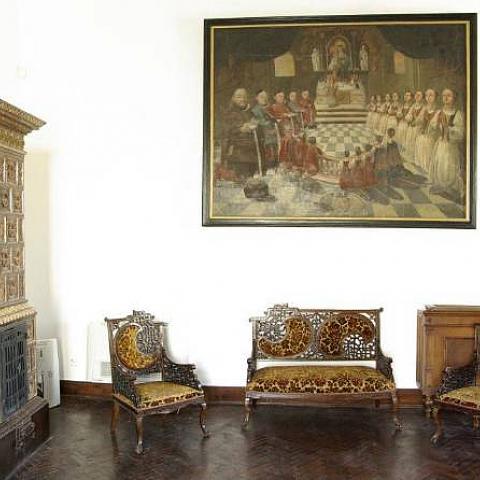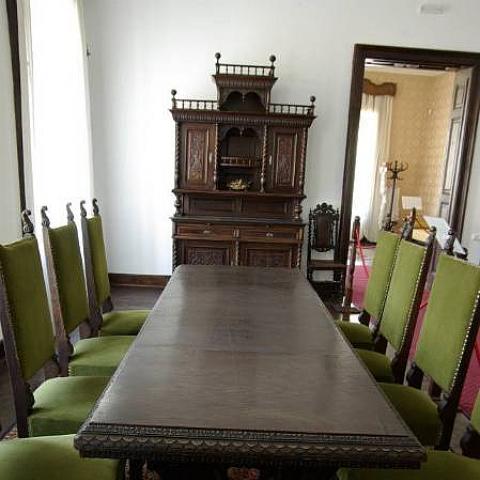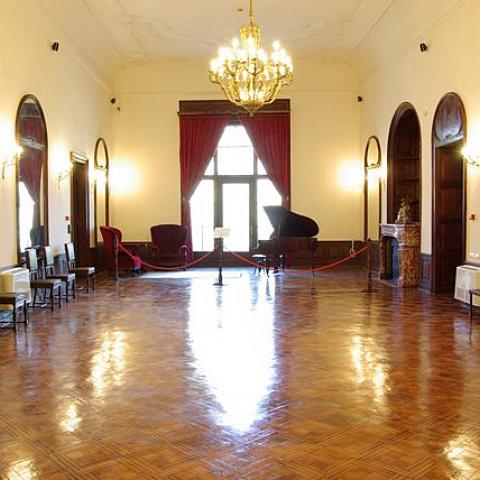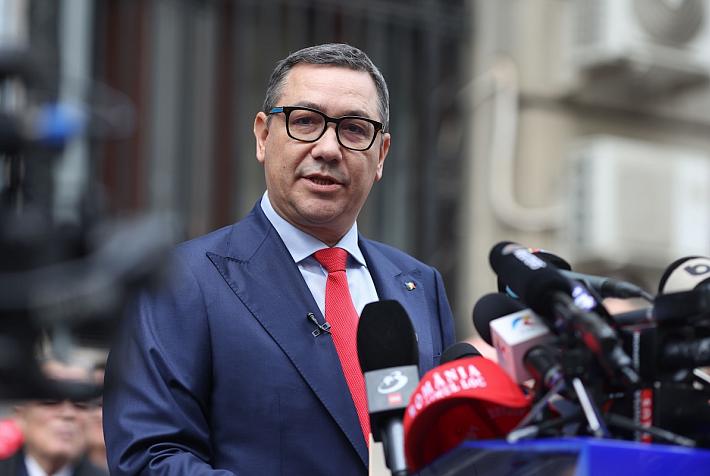Discover Romania: The Károlyi Castle in Carei

The Károlyi Castle, located in Caie, in the Satu Mare county in north-western Romania, is one of the main tourist attractions in the area. Although it is not as well-known to tourists and even to Romanians as Dracula’s Bran Castle near Brasov or the Peles Castle in Sinaia, the building that made it through time has a very interesting story to tell. Thousands of visitors learn its story every year.
The castle is named after an old noble family, the Károlyi family. Their first known residence in Carei dates back to the end of the 15th century. At the end of the following century, as the Turks started to represent a bigger danger, the solid stone-made residence turned into a fortress. In the 17th century, the Carei fortress joined the system of fortifications against the Turks.
Between 1661 and 1666, the fortress’ fortifications have been widened, in order to make the place more resistant in case of an attack. After these changes, a German garrison was assigned here.
The Turks’ subsequent attacks didn’t manage to destroy the fortress, but did cause some serious damages. It was restored in 1678. The fortress stood up to several attacks in that period.
The Carei fortress hosted several important diplomatic meetings in the 17th and 18th centuries, including the negotiations for the Peace Treaty of Satu Mare.
Károlyi Antal (1732-1791) was the one who thought of turning it into a residential building after the conflicts have settled down in the area. However, work began a year after his death, in 1972, so he never got to see the result. The building’s main elements of fortification were demolished, and the fortress became a Baroque castle.
The building suffered more changes and took its current shape between 1894 and 1896. The new building combines historical styles, and looks more like a medieval, chivalry castle. It keeps the wall structure of the Baroque castle, but, in order to create an asymmetric look, it also features several towers. The main entrance is on the west side of the castle, facing the town.
After Károlyi István’s death in 1907, the Károlyi family left Carei. Many of the castle’s furniture pieces and valuable items have disappeared during the chaos created by the events that occurred at the end of 1918.
In 1919, King Ferdinand I of Romania and Queen Maria made a visit to the castle.
During the interwar period, the castle again suffered some changes: one side of it became a sanatorium while the rest hosted a casino. It also hosted a military school during the Second World War, and then turned into a military hospital, in 1944.
During the communist period, the castle became the town’s museum, a cultural center, and a library.
Nowadays, it hosts exhibitions that present historic interiors and the town’s history. Read more about the castle here.
You may also like to see the Ardud Castle while you are in the area. Both castles have been restored under “The circuit of mediaeval market towns in northern Transylvania” project between 2009 and 2012.
Irina Popescu, irina.popescu@romania-insider.com
(photo source: castelekarolyi.ro and Satu Mare Museum on Facebook)







